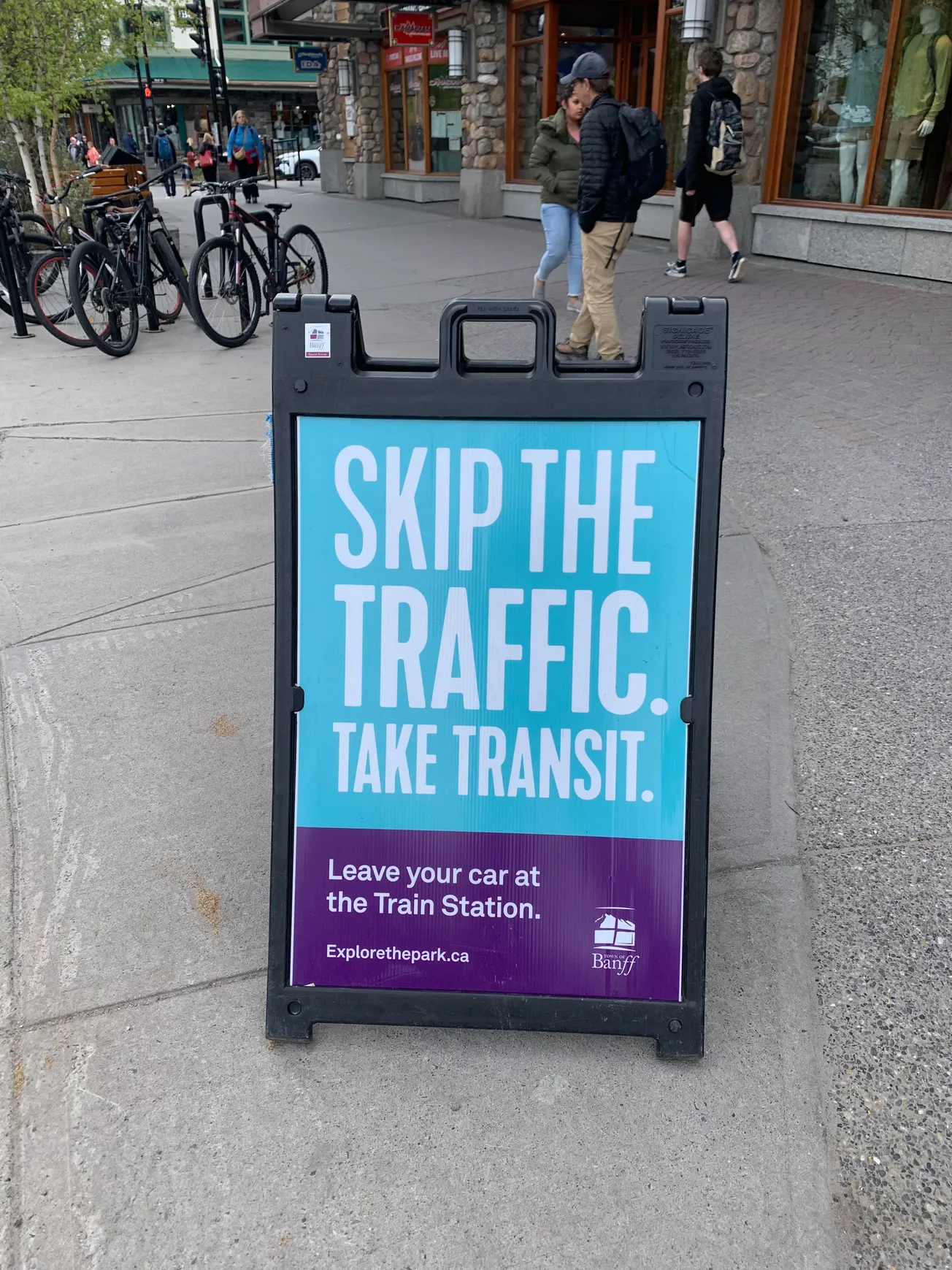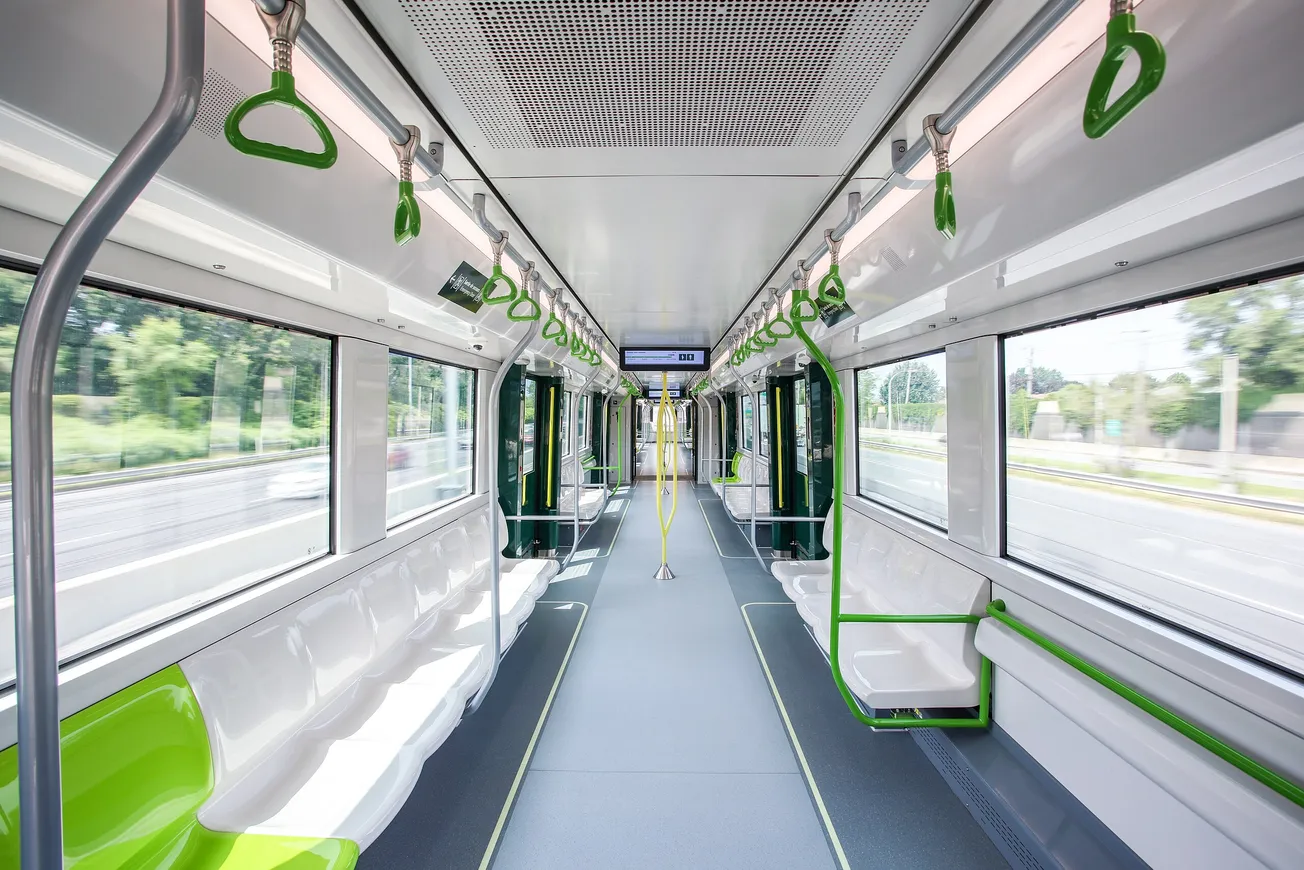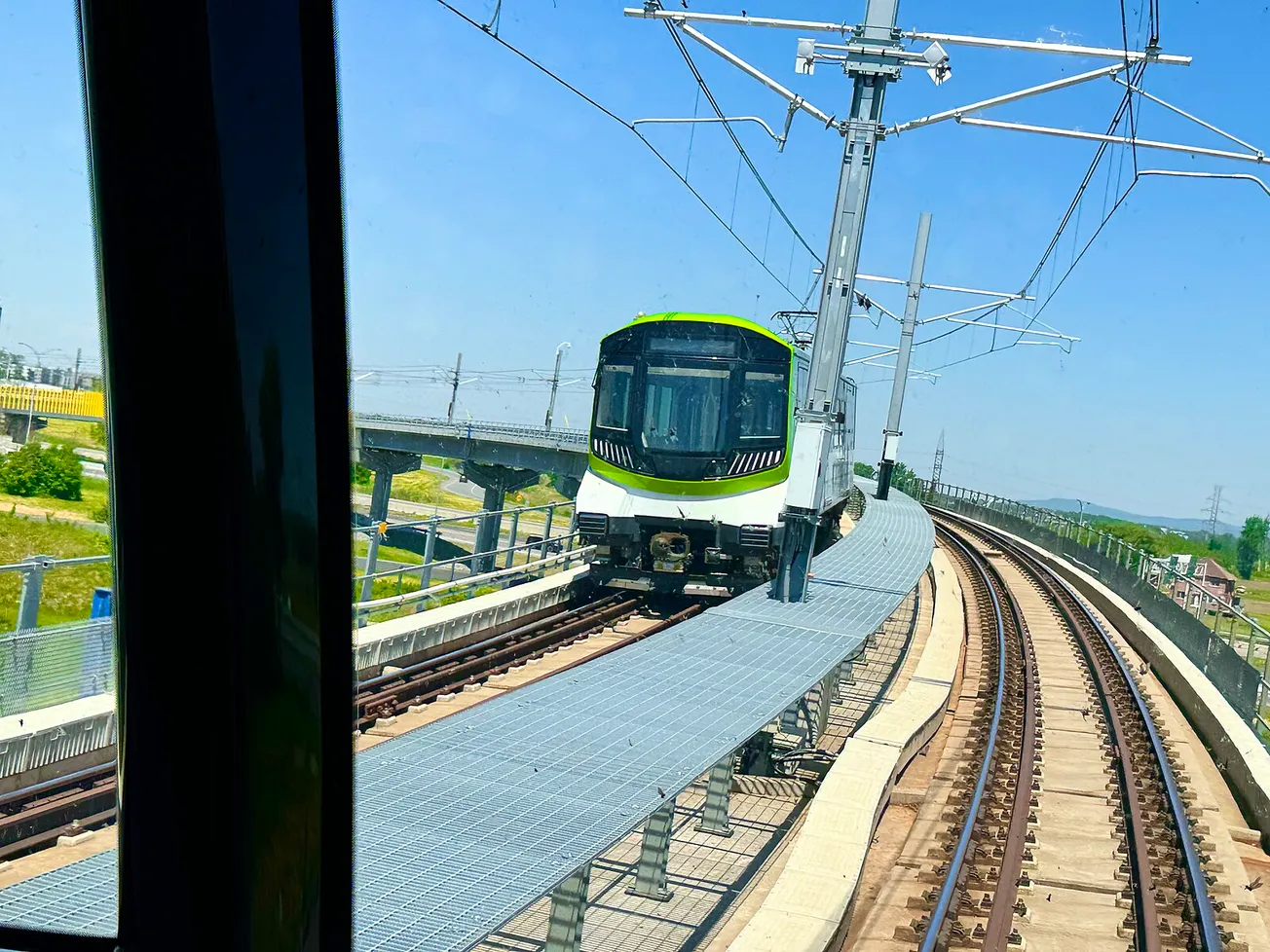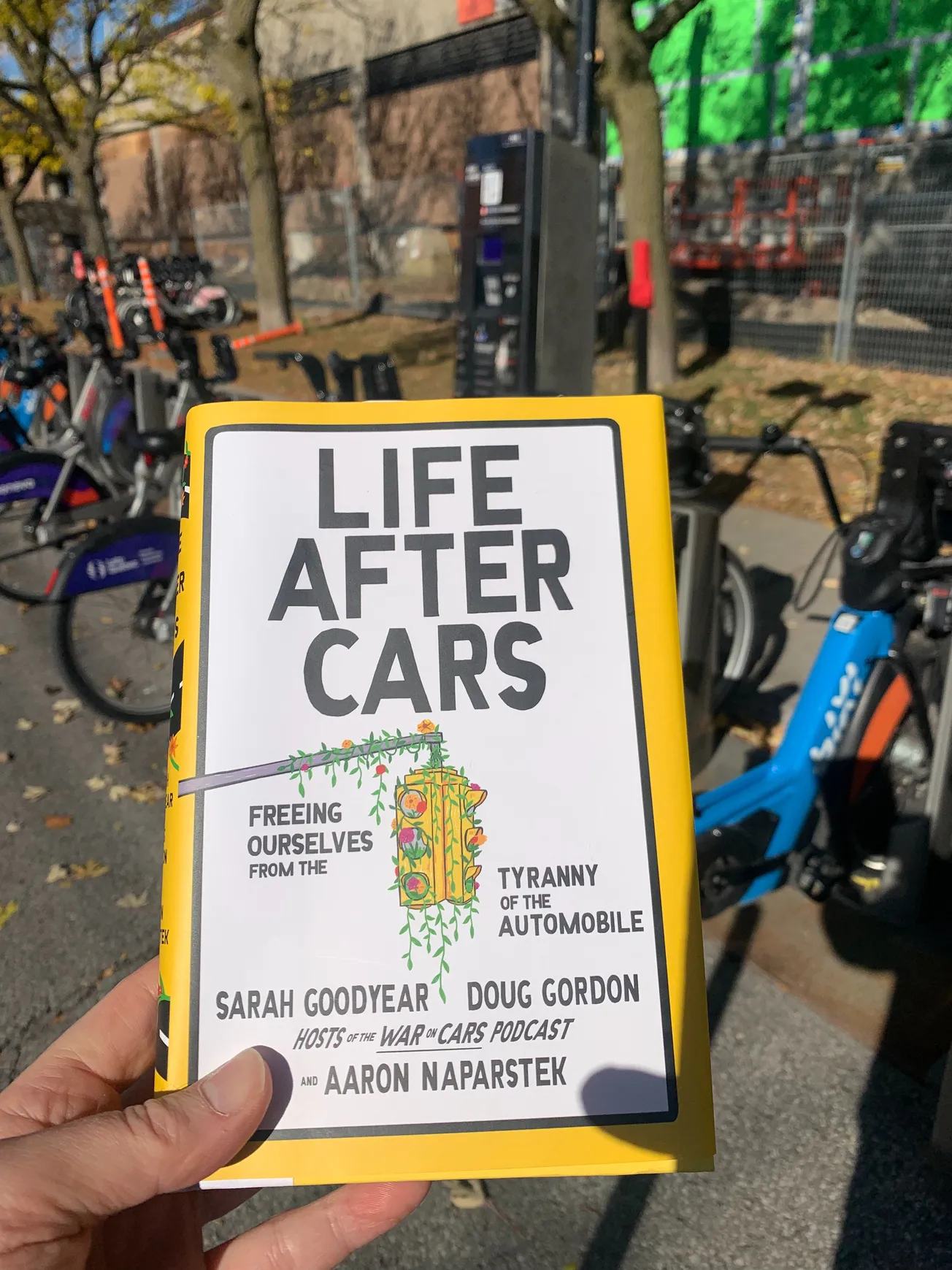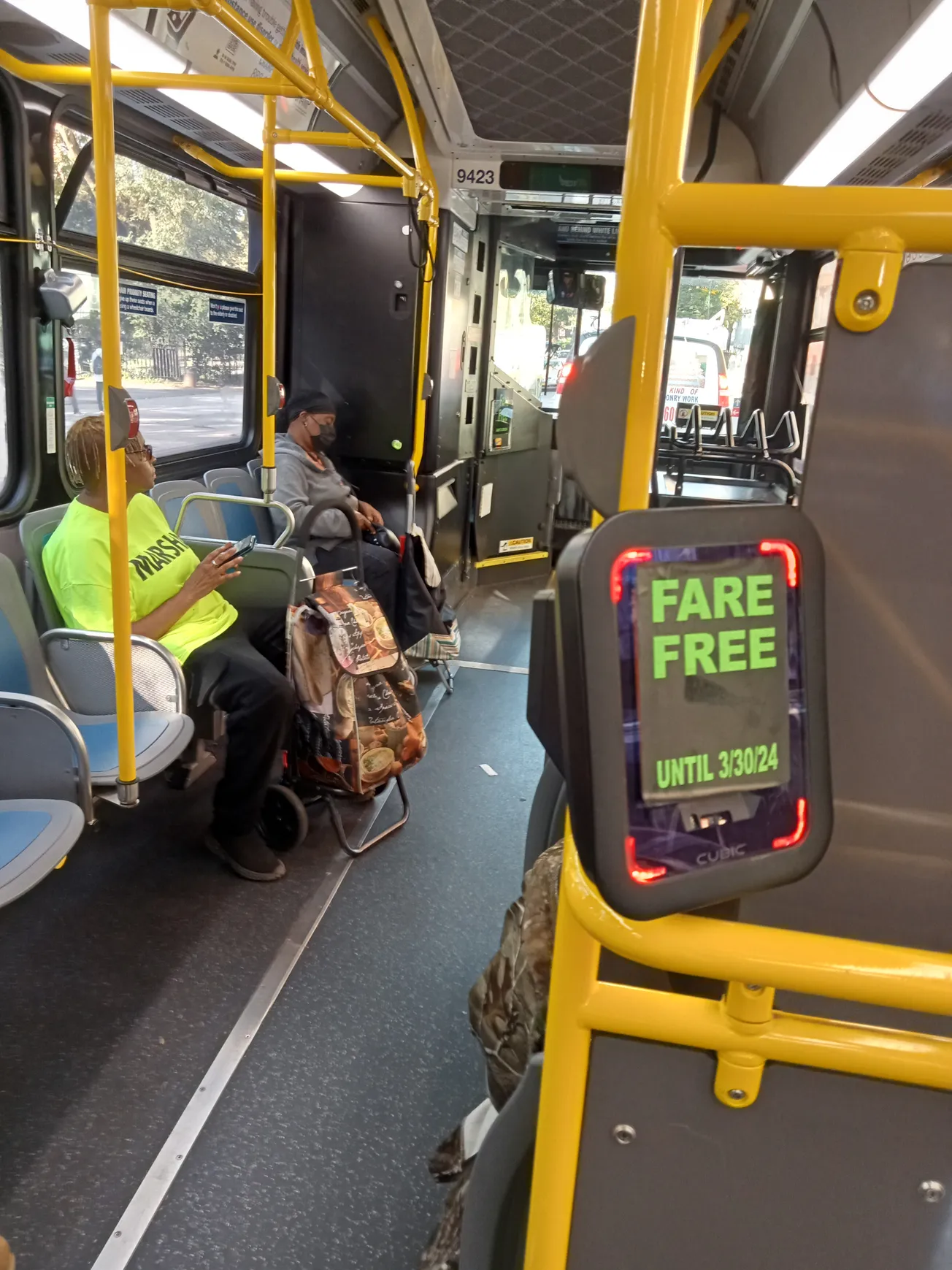How the Town of Banff (pop. 8,000) Built one of Alberta's Most Successful Transit Networks
// I've just spent two weeks in Alberta, teaching literary journalism in Banff, a town of about 8,000 people in the national park of the same name. I didn't rent a car (a fact that will come as no surprise to regular readers of this newsletter). Before arriving, I considered renting a road bicycle to make trips to trailheads throughout the park; Banff is heaven for hikers. A few phone calls to the—many, many—rental shops in town made it pretty clear this would be relatively costly; about $600 for two weeks, which is more than I paid for the used Bianchi I use to get around my Montreal neighborhood. Besides, it was a little on the chilly side in mid-May, with temperatures hovering just a few degrees above freezing in the morning. I decided to forego the vélo, and see how far I could get without a vehicle of my own.
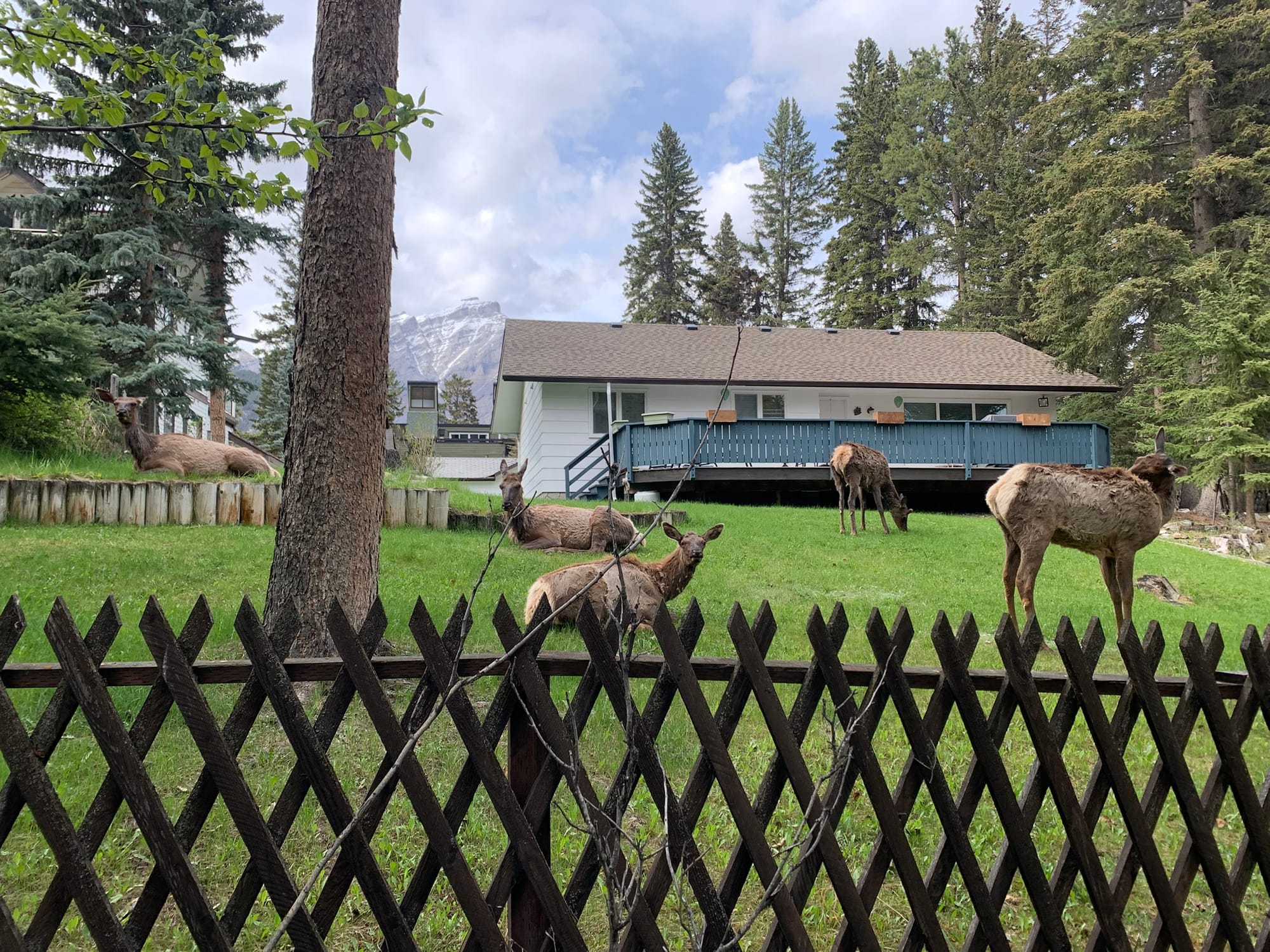
But, once in Banff, I was delighted to realize the town had a fully-functional transit network. I arrived from the Calgary airport on the Banff Airporter, a pricey shuttle service, though the town is now served by low-cost intercity bus services, the most visible of which is FlixBus—the company's large green buses spill workers from Calgary and points beyond into the parking lots of Banff Avenue. (FlixBus, founded in Germany, is now a massive international transport provider, operating in India, Brazil, and all through North America and Europe, where it has a mixed record for reliability—there are lots of reports of buses failing to show up, or people being dropped on the side of the road late at night for not having a through ticket. The company's subsidiary FlixTrain recently bought 65 high-speed trainsets from Talgo for operation in Europe.)


